Photo
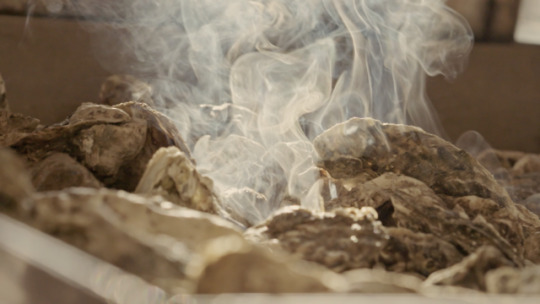
Like oysters?
Oysters are serious stuff along the Miyagi coastline in Tohoku, Japan, where warm currents from Taiwan and the cold, nutrient-rich waters of the north converge, creating the ideal environment for these treasured bivalves to thrive.
You’ll find them everywhere around Matsushima, but no place better than the Oyster Shack, a no-frills establishment a few steps from the water with a single mission: to feed the hungry masses with great mountains of oysters. For less than $20, visitors get 40 minutes to eat as many oysters as they can—which, if the friendly servers and cooks have anything to say about it, will be enough world-class ocean protein to tide you over for a day.
Discover more of Tohoku, Japan’s north, with our special series in partnership with Japan National Tourism Organization: https://us.jnto.go.jp/visit-tohoku/
13 notes
·
View notes
Photo
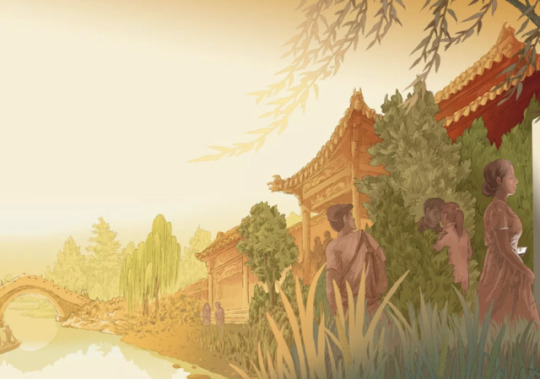
“Seekers directly ask each other, Are you here for dating? And if the answer is yes (because there are always those who claim they’re just there for a stroll), they’ll then run through a whole gamut of basics before any proper “dating” can take place.”
In Beijing, a public park is a prominent hub for seniors seeking new life partners. Lavinia Liang meets three of the park’s seekers.
11 notes
·
View notes
Photo
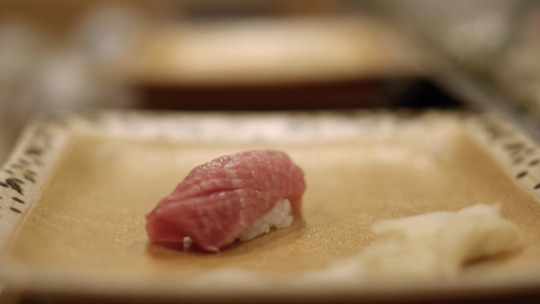
Every sushi chef worth his soy sauce knows that the world’s best tuna comes from Oma, a small fishing village at the very tip of Japan’s main island.
Here, the cold waters, open seas, and time-tested fishing traditions mean that only the best tuna is pulled from these waters—rippling with fat, brimming with flavor, and ready to be shipped directly to Tokyo, where it plays a star role in Japan’s massive tuna economy. But for those lucky enough to visit this windswept Tohoku village, they can sample the goods firsthand at Hamazushi Sushi Restaurant, where the sushi master works his way through the whole animal—from lean, rosy loin to rich, marbled belly—to show diners why Oma became so famous in the first place.
In partnership with Japan National Tourism Organization, we made a special journey and tribute to the people, places, and food of Tohoku—Japan’s great north. See the whole series at https://us.jnto.go.jp/visit-tohoku.
56 notes
·
View notes
Photo

Tohoku, in Japan’s north, is surrounded on three sides by water—the crashing surf of the Sea of Japan, the windswept waves off the northern lip of the land, the tranquil bays off the Pacific. Furofushi Onsen in Aomori, perched directly in front of the Sea of Japan, is one of Japan's most surreal hot springs. While you soak in the ruddy, iron-rich waters, listen to the sound of the crashing waves and appreciate whatever good decisions brought you to this special corner of the world.
We made a special journey in partnership with Japan National Tourism Organization as an homage to the people and the flavors of Tohoku: See the whole series at https://us.jnto.go.jp/visit-tohoku/
17 notes
·
View notes
Photo
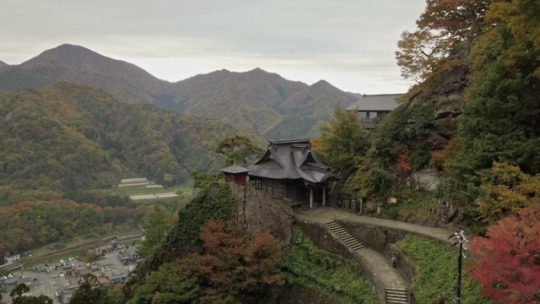
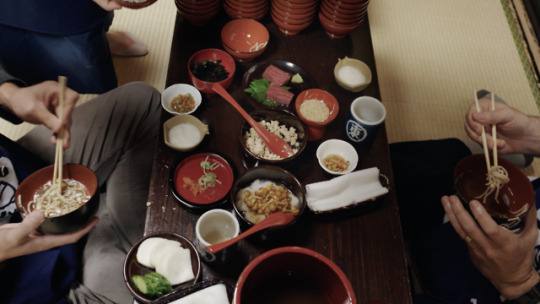
This is Tohoku, the northern part of Japan’s main island, Honshu. It starts just an hour and a half from Tokyo, but it feels less like a different country than a more intense version of the Japan you know.
A journey into Japan’s deep north, in partnership with Japan National Tourism Organization: https://us.jnto.go.jp/visit-tohoku/
44 notes
·
View notes
Photo
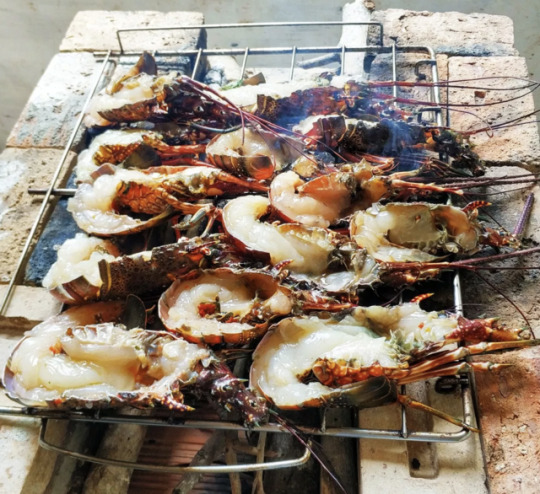
In Salvador de Bahía, Spanish food writer Pau Arenós experiences a campfire banquet that showcases the faith, traditions, and ingredients of the Tereré quilombo—a community built by former slaves.
7 notes
·
View notes
Photo
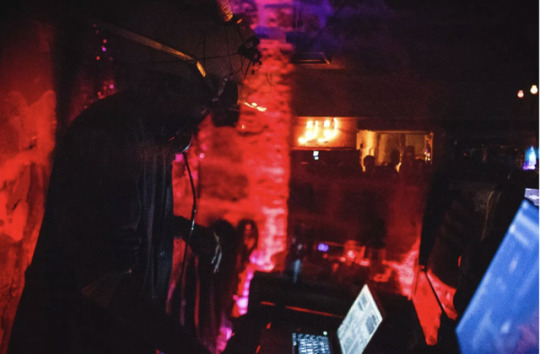
Anna Loulou—the name means “I am pearls” in Arabic—was many things to many people. For the local and foreign press it was a place of fascination, one of the only bars where Arabs and Jews, Israelis and Palestinians mingled socially, the result of an ethos of openness cultivated by the bar’s owners. For its regulars, well, it depends on whom you ask, says co-owner Marwan Hawash. Some saw it as a lefty bar, some a queer bar, some a place to encounter the other.
3 notes
·
View notes
Photo

The Turkish parliament may be in Ankara, but Istanbul remains the country’s spiritual, cultural, and historical capital.
23 things to know before you go to Istanbul:
7 notes
·
View notes
Photo
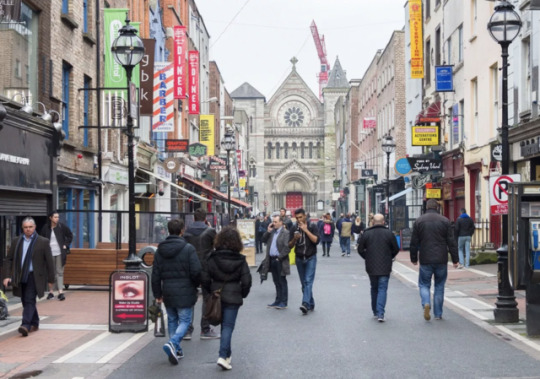
“Many a Dubliner’s night starts off with a few tuna rolls at Yamamori, and if it starts there, there’s a good chance it ends in Zaytoon: a Persian kebab shop open until 4 a.m.”
From pints of Guinness to poitín, from Supermac’s to super steak: A local’s guide to Dublin.
8 notes
·
View notes
Photo

“You get two types of people, you get the, “did you just take my photo?” Sometimes, those are the worst people. And how intense that “did you just take my photo,” comes across tells me whether or not the photo sucks. Not every photographer is the same. I have some friends who’ve gotten into confrontations and what they got in return has been amazing. If I were them, I would love confrontation. Every time I’ve taken a photo of someone and they’ve gotten really upset, the photo sucks 99.9% of the time.”
Roads & Kingdoms’ Irene Jiang spoke with graphic designer-turned street photographer Abdullah Shakur about his process for photographing strangers on the street, and how his images relate to reality.
7 notes
·
View notes
Photo

“Singaporeans are obsessed with food. We can expound ceaselessly on where to find the best bak chor mee (minced meat noodles) and will queue for hours for a good yong tau foo (surimi-stuffed tofu and vegetables).”
A history of Singapore, explained in 10 dishes:
14 notes
·
View notes
Photo

Every year, thousands of Americans choose to celebrate Valentine’s Day in the vinyl booths and white-and-blue tiled walls of White Castle, the fast-food chain restaurant made famous by its miniature burgers and big-screen stoners Harold and Kumar. We sent Irene Jiang to sample the Valentine’s Day menu on not-Valentine’s Day.
6 notes
·
View notes
Photo
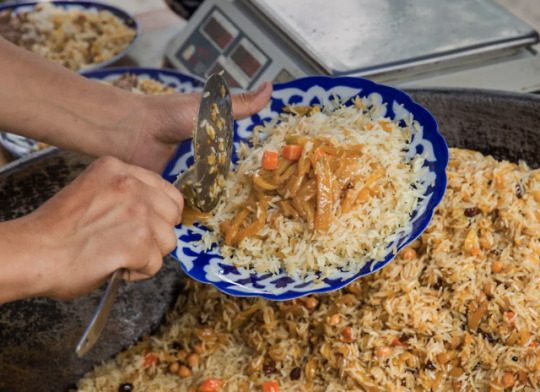
10. All you need is plov.
23 things to know before you go to Tashkent
6 notes
·
View notes
Photo

“The crépissage is the most important event of the year, even bigger than Eid-al-fitr, marking the end of Ramadan, or Tabaski, [the Malian equivalent of Christmas].”
Hundreds of mud masons come together every year in the Malian town of Djenne to replaster the mosque. This year, this ritual is also an act of defiance against the militant groups operating on their doorstep.
The Mud Mosque of Mali:
58 notes
·
View notes
Photo
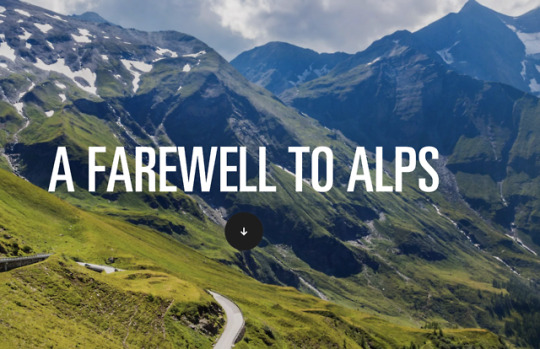

Beer spas, high-altitude whisky, low-altitude wine: a road trip through Austria’s modern booze culture.
39 notes
·
View notes
Photo

“Tucked away in the bustling Basta area of Lebanon’s capital is a no-frills sweet shop that specializes in just one dessert: mfata’a, or rice and tahini pudding. On its window is a sign that boastfully reads “Tastiest Mfata’a in Beirut.” Inside, seven days a week, Abu Abdullah Makari and his partner are surrounded by dozens of plates of the curious looking, saffron-colored sweet dish.
Makari has one culinary goal: to revive the prevalence of mfata’a, a uniquely Beiruti concoction whose popularity has waned, partly because it’s so labor-intensive to make.”
Beirut’s Disappearing Dessert:
42 notes
·
View notes
Photo

22 Things to Know Before You Go to Calabria
In 2002, Michelle Fabio went to Calabria to find her ancestral village. Sixteen years later, she’s still there. Here’s her smart guide to one of Italy’s least-visited regions.
190 notes
·
View notes